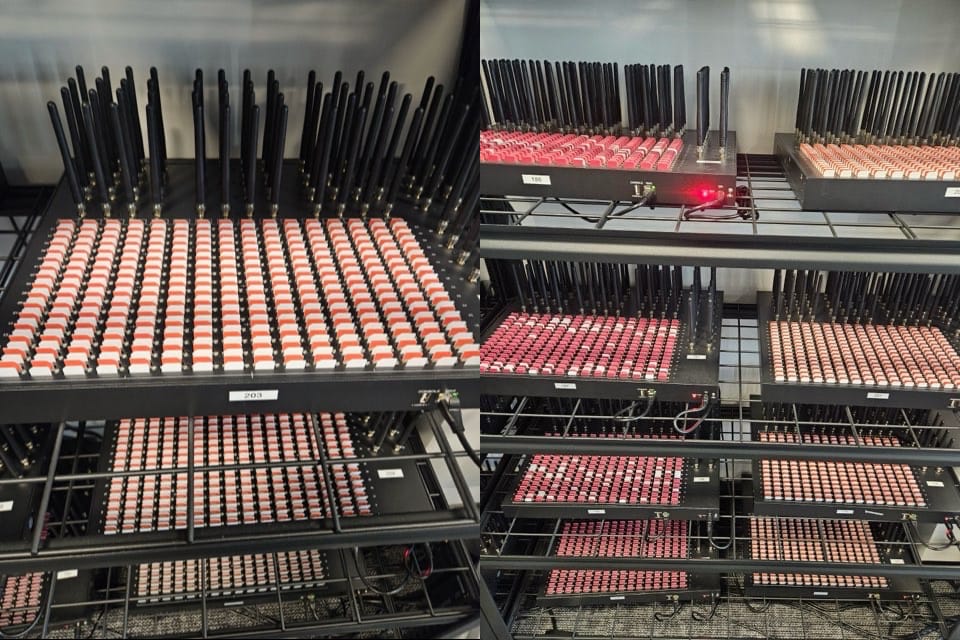An Ebola outbreak in a southwestern province of the Democratic Republic of the Congo is escalating quickly, as some health responders say they have less than a tenth of the funding needed to contain the deadly disease.
The first case was identified in a 34-year-old pregnant woman on August 20, when she sought care at a local hospital in the Kasai province for fever, bloody vomiting, and hemorrhages. She died on August 25. Officials declared an outbreak on September 4, when the case tally was up to 28 with 15 deaths. As of this week, there have been at least 57 cases and 35 deaths—a 61 percent fatality rate, according to the World Health Organization (WHO).
Officials in DR Congo are struggling to respond to the outbreak, which is in a province known for its poor road networks, according to reporting by The Associated Press. Treating Ebola can require extensive resources, including protective equipment, medicines, and transportation to reach remote areas. Health facilities in the area of the outbreak are already overwhelmed and quickly running low on critical resources, including clean water and protective equipment. The only treatment center in the epicenter of the outbreak, the Bulape health zone, is at 119 percent capacity, the AP reported, citing information from the International Federation of Red Cross and Red Crescent Societies Africa (IFRC).
Susan Nzisa Mbalu, head of communications for IFRC, told the AP, "We urgently need our partners and donors to step up and support this lifesaving response to ensure we can contain the outbreak quickly and protect the most vulnerable communities."
Jeopardized efforts
This week, the IFRC requested $25 million to contain the outbreak, but it has only $2.2 million in emergency funds for its outbreak response so far. The WHO likewise estimated the cost of responding to the outbreak over the next three months to be $20 million. But WHO spokesperson Tarik Jasarevic told the AP on Thursday that it only had $4.3 million in funding to draw from—a $2 million emergency fund and $2.3 million in funding from the United Kingdom, Germany, and the Gavi vaccine alliance.
"Without immediate support, gaps in operations will persist, jeopardizing efforts to contain the outbreak and protect vulnerable communities," Jasarevic said.
In the past, the US Agency for International Development, USAID, has provided critical support to respond to such outbreaks. But, with funding cuts and a dismantling of the agency by the Trump administration, the US is notably absent, and health officials fear it will be difficult to compensate for the loss.
Mathias Mossoko, the Ebola Response Coordinator in Bulape, told the AP that the US has provided "some small support" but declined to elaborate.
Amitié Bukidi, chief medical officer of the Mweka health zone—another health zone in the Kasai province—told the outlet that there was still much work to do to contain the outbreak. "The need is still very great,” he said. “If USAID were to be involved, that would be good."

Apple has demanded Brussels scrap its landmark Big Tech legislation, marking a step up in US tech giants’ fight against European oversight.
The EU’s Digital Markets Act (DMA), which entered into force in 2022, aims to curb the power of Big Tech and level the playing field for smaller rivals, with fines of up to 10 percent of global revenue for companies that do not comply.
Apple’s call to repeal the law comes at a time of transatlantic tensions over the EU’s digital rule book, including the DMA.
US President Donald Trump has threatened to punish countries that “discriminate” against US companies with higher tariffs, and Meta’s Mark Zuckerberg has personally lobbied Trump against the DMA.
“The DMA should be repealed while a more appropriate fit for purpose legislative instrument is put in place,” the iPhone maker said in its response to a routine call for feedback on the Digital Markets Act.
The EU fined Apple €500 million in April following an investigation into whether the company’s rules prevented app developers from sending consumers to cheaper offers for products and services outside Apple’s ecosystem.
In June, the company announced changes to its app store policy in an attempt to avoid being further penalized by Brussels.
Apple argues the bloc’s digital rules have made it harder to do business in Europe and worsened consumers’ experience.
In a post on Thursday, the company said the DMA was leaving European consumers with fewer choices and creating an unfair competitive landscape—contrary to the law’s own goals.
For example, Apple said it had had to delay certain features, such as live translation via its AirPods, to make sure they complied with the DMA’s requirement for “interoperability.” The EU rules specify that apps and devices made by one company need to work with those made by competitors.
“Despite our concerns with the DMA, teams across Apple are spending thousands of hours to bring new features to the European Union while meeting the law’s requirements. But it’s become clear that we can’t solve every problem the DMA creates,” the company said.
A European Commission spokesperson said it was normal that companies sometimes “need more time to make their products compliant” and that the commission was helping companies to do so.
The spokesperson also said that “DMA compliance is not optional, it’s an obligation.”
© 2025 The Financial Times Ltd. All rights reserved. Not to be redistributed, copied, or modified in any way.


ZimaOS has evolved from its roots in CasaOS to become a robust, community-driven operating system tailored for NAS and homelab enthusiasts. In our review of the ZimaCube, we highlighted its dual-purpose design as both a NAS and a local cloud hub, offering users a comprehensive out-of-the-box experience.
Building upon this foundation, IceWhale, the team behind ZimaOS, has announced the release of version 1.5. This update introduces significant enhancements, including expanded hardware support, mobile access, and a new paid plan.
ZimaOS 1.5: What to Expect?
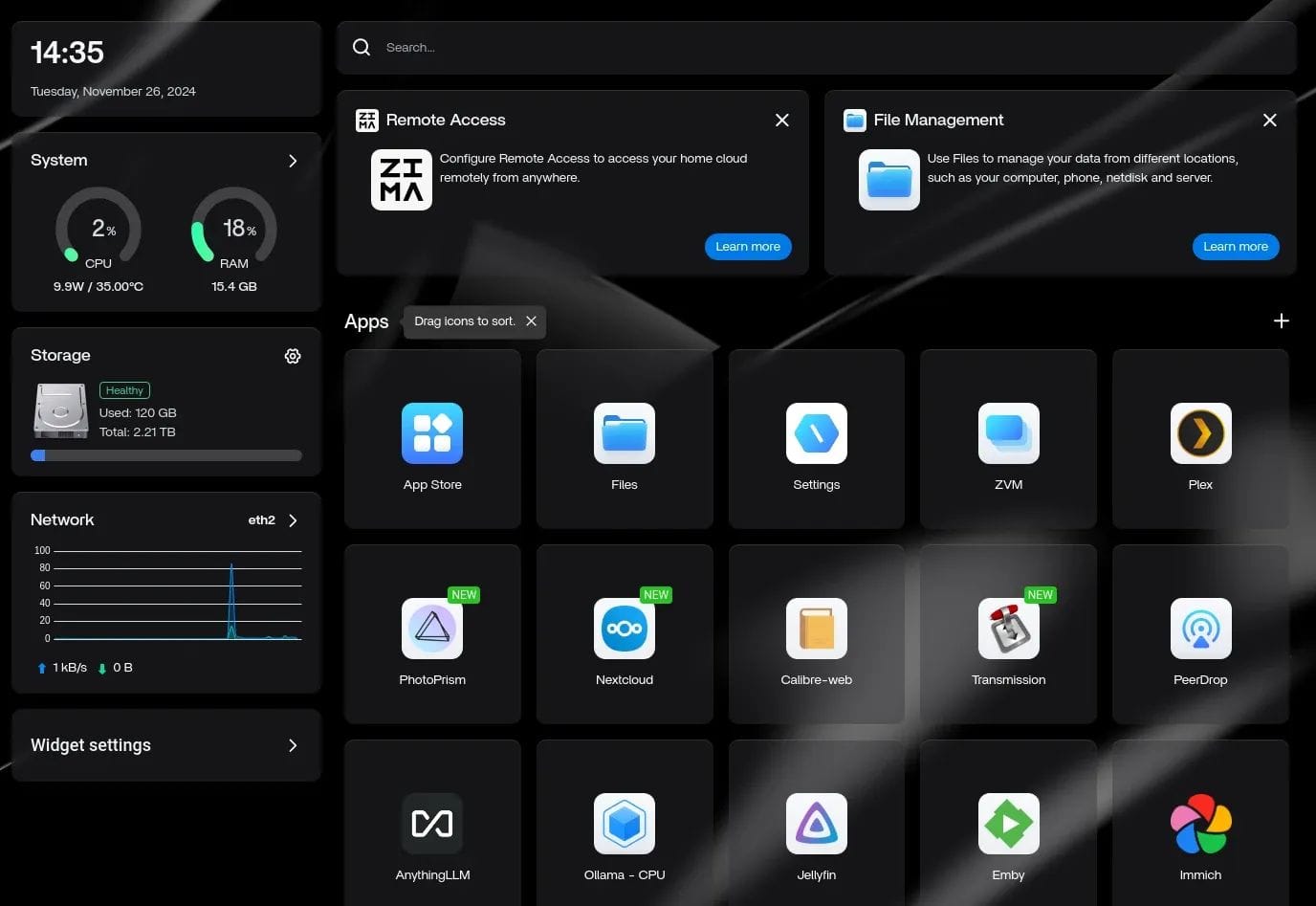
This release makes it easier than ever to manage your NAS on the go. With full mobile support for iOS, Android, and Windows, you can check system status, back up files, and access your data anytime and anywhere.
The new 3-2-1 backup strategy takes the headache out of protecting your data. By combining local NAS storage with cloud backups, it keeps your files safe without you needing to juggle multiple apps or complicated setups.
More importantly, privacy is at the heart of this release. ZimaOS now creates accounts locally without requiring an email or phone number, so your data stays secure while still working seamlessly with smart home setups and creative projects.
Storage management is more flexible too. Expanded RAID options, including Btrfs give you more ways to organize disks.
What's the Paid Plan About?

Alongside the free Community Edition (CE), ZimaOS 1.5 introduces an optional Plus Edition for $29 lifetime access, unlocking unlimited apps, disks, and users. The CE Edition users retain core features, cloud support, UDisks, and up to 10 apps, 4 disks, and 3 users.
Community members who have used ZimaOS before version 1.5 automatically receive the Plus Edition at no cost. This free upgrade window remains open until June 30, 2026, ensuring long-time users can access all Plus features without paying. Official Zima hardware (ZimaBoard1/2, ZimaBlade, ZimaCube) also unlocks Plus benefits immediately.
If you were wondering, this optional license approach supports infrastructure costs, ongoing development, and ensures the project’s sustainability while keeping the CE Edition fully free for the rest of us.
As a side note, we at It’s FOSS also offer a lifetime membership, which helps sustain the publication and support our ongoing work.

Get ZimaOS 1.5
You can download ZimaOS 1.5 from the official website. For help or to access the source code, visit the documentation and GitHub repository for the project.
Suggested Read 📖
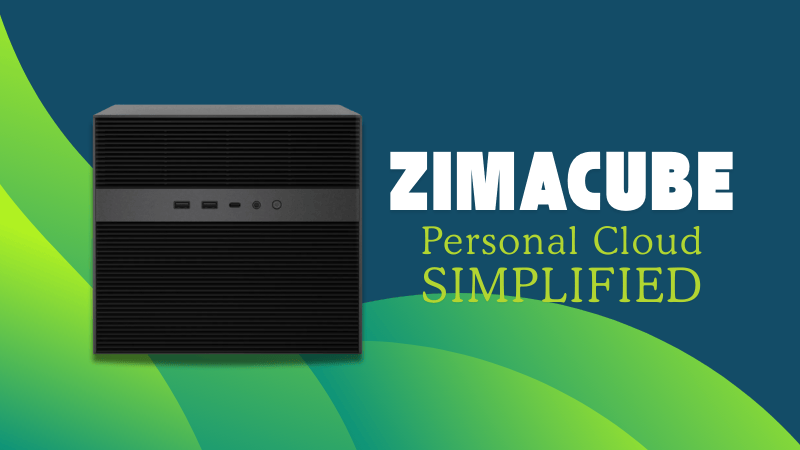
Tuesday, the Secret Service said it “dismantled a network” of “300 co-located SIM servers and 100,000 SIM cards across multiple sites.” The Secret Service suggested that this network posed a threat to the United Nations General Assembly meeting, which was “within 35 miles” of the servers and which it said could have been used to “disable cell phone towers.” The story quickly went viral, with the New York Times and CNN’s reports being widely shared and discussed.
CNN reported that the SIM servers were used in swatting calls against members of Congress, and the New York Times quoted an expert who said that they believed the servers could be used for espionage. As security researcher Robert Graham points out in a post called “That Secret Service SIM farm story is bogus—it’s just normal crime,” the Secret Service has not yet released any actual evidence of what the SIM servers were used for and it is unclear how such a setup could be used for “espionage.” Graham notes that, based on photos released by the Secret Service and its description of the operations, claims that such a network could have only been created by a sophisticated nation state actor are particularly ridiculous: “I can pull this off, personally. It’s just a SIM farm. Sure, there’s some capital involved, on the order of $1 million, but it could be setup and managed by a single person. It likely wasn’t setup all at once with that much money, but has been slowly growing for years as profits are funneled back into setting up more SIM accounts,” he wrote.
The discovery of a bunch of SIM banks (also called SIM farms, SMS gateways, and several other things) anywhere is interesting from a spam / cybercrime perspective, and they give a type of cyberpunk visual that, frankly, is extremely my shit. But the breathless way this bust has been announced—with a special video announcement by Secret Service director Sean Curran and a clearly embargoed rollout with the New York Times and CNN, makes these SIM farms seem as though they are particularly special and high tech, when they clearly are not. The technology used, which can be seen clearly in photos released by the Secret Service, are regularly used by SMS scammers, spammers, and marketers, yes, but the tech is also extremely widely used by ticket scalpers seeking to create lots of Ticketmaster accounts with which to buy tickets. This is off-the-shelf technology that anyone can buy and use; if one had enough money, one could surely buy 300 of them from Ejointech, the Chinese company that makes them, and set something like this up.
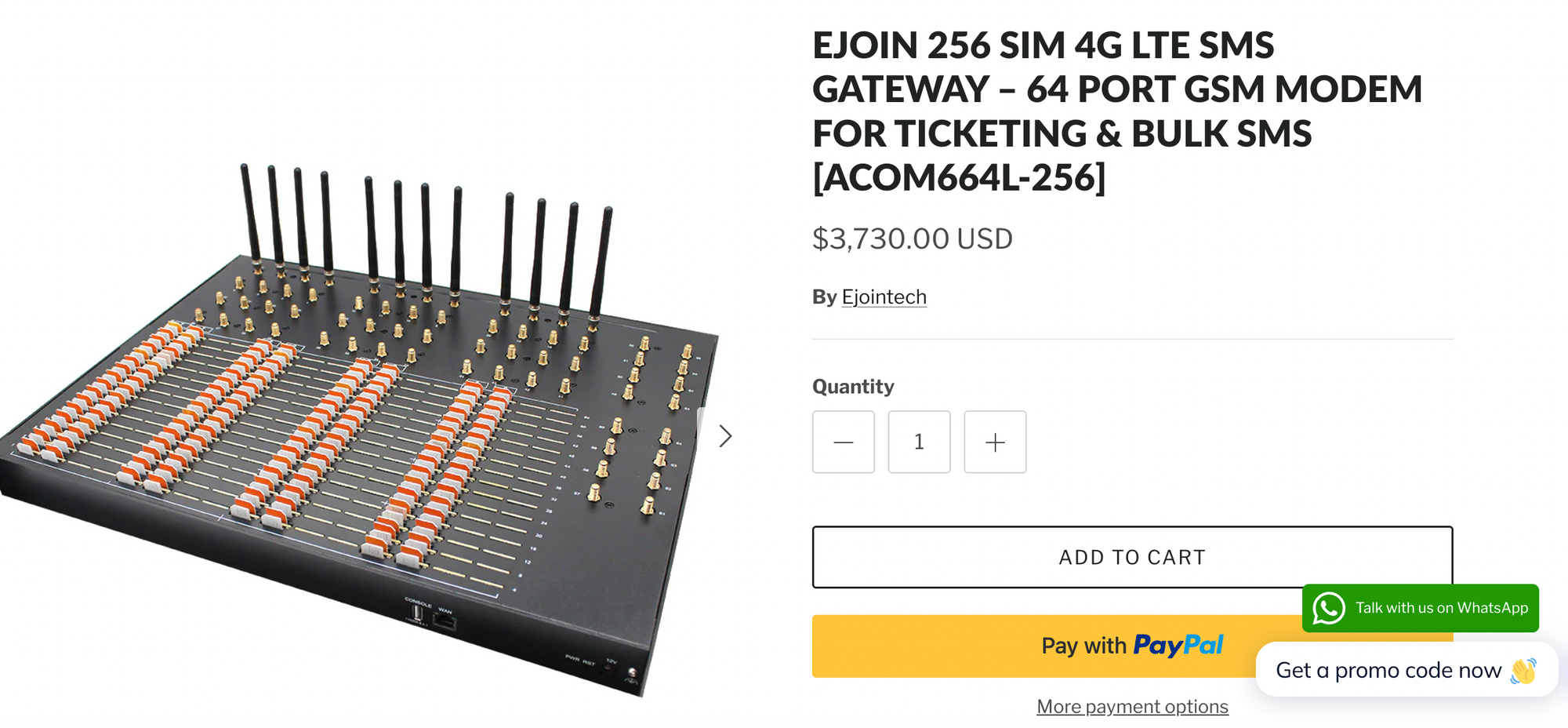
I have been familiar with and meaning to write about SIM banks for a few months now, specifically because they have become popular with ticket scalpers. Like many “anti-scalping” and anti-fraud measures taken by Ticketmaster, relatively recent updates that require SMS verification to create a new Ticketmaster account and immediately before buying tickets hasn’t actually stopped scalping. Instead, it has created a new underground market for tools that make SMS authentication at bulk easier. By adding this barrier to entry, Ticketmaster has ensured that normal fans have one single attempt to buy tickets, while motivated ticket scalpers with specialized tech can have many attempts at buying tickets.
This SMS verification system has created a new underground market for various technologies and software that lets scalpers game this SMS verification system. SIM boxes are such an important part of that new underground market that Ejointech now advertises one of its products—which looks very much like the models shown in the Secret Service’s images from the seized servers in New York—as specifically being good “for ticketing & bulk SMS.”
“Popular model: used by 5,000+ leading ticket brokers globally & trusted for thousands of large-scale SMS campaigns!,” Ejointech advertises on the $3,730 Ejoin 256 SIM 4G LTE SMS Gateway. On TikTok, it advertises a similar, 512 SIM card model as having “human behavior,” “cloud management,” and “auto SIM card switch.”
“Ticket brokers, streamline your Ticketmaster operations with EjoinTech! Our SMS gateway devices support up to 512 SIM cards, ensuring you never miss a verification code,” the company says. “Designed for efficiency with no unnecessary noise.”
There is of course no evidence that the SIM boxes seized by the Secret Service this week were used by ticket scalpers, but there’s also no public evidence released by the Secret Service that suggests they were going to try to disrupt the UN General Council’s meeting. The point I’m making is that these devices and these types of farms have become somewhat common in recent years, and they are used not just to send messages in bulk but to receive them in bulk, too. They are used not just for crimes, but for various grey market and controversial, but not necessarily illegal, purposes too.
“Proxies” and real SIM cards that can receive SMS messages have become critical to the ticket scalping industry. The way ticket scalping works now is that big time brokers will create many (hundreds or thousands) of unique Ticketmaster accounts, each associated with their own phone number. These are sometimes made using prepaid or low-cost wireless carriers like MobileX, whose SIM cards appeared in bulk in Secret Service materials.
Not every big time broker is going to want to roll their own SIM bank, so a series of companies have popped up that offer “proxies,” which just means that they are basically a company running and selling access to phone numbers, keeping them online, and forwarding SMS codes directly to the ticket broker buying them. These companies do not advertise what specific hardware they are using to do this, but SIM boxes could easily be used to do this, and the scale of farm that the Secret Service found is not particularly large considering these types of services exist. They go by names like “WiredSMS,” “TextChest,” “Quick-Text,” “SMSPass,” and “Jivetel,” among others. TextChest advertises “industry-leading physical SIM lines, trusted by thousands.” A company called Seat Heroes notes that it is “carrier compliant” and that “while others rely on risky, unauthorized setups, Seat Heroes runs on the first ever Tier 1 carrier-integrated infrastructure—no modems, no VOIP, just proprietary and exclusive access to genuine numbers—always on, 24/7” and “no SIM banks—just direct connections.”
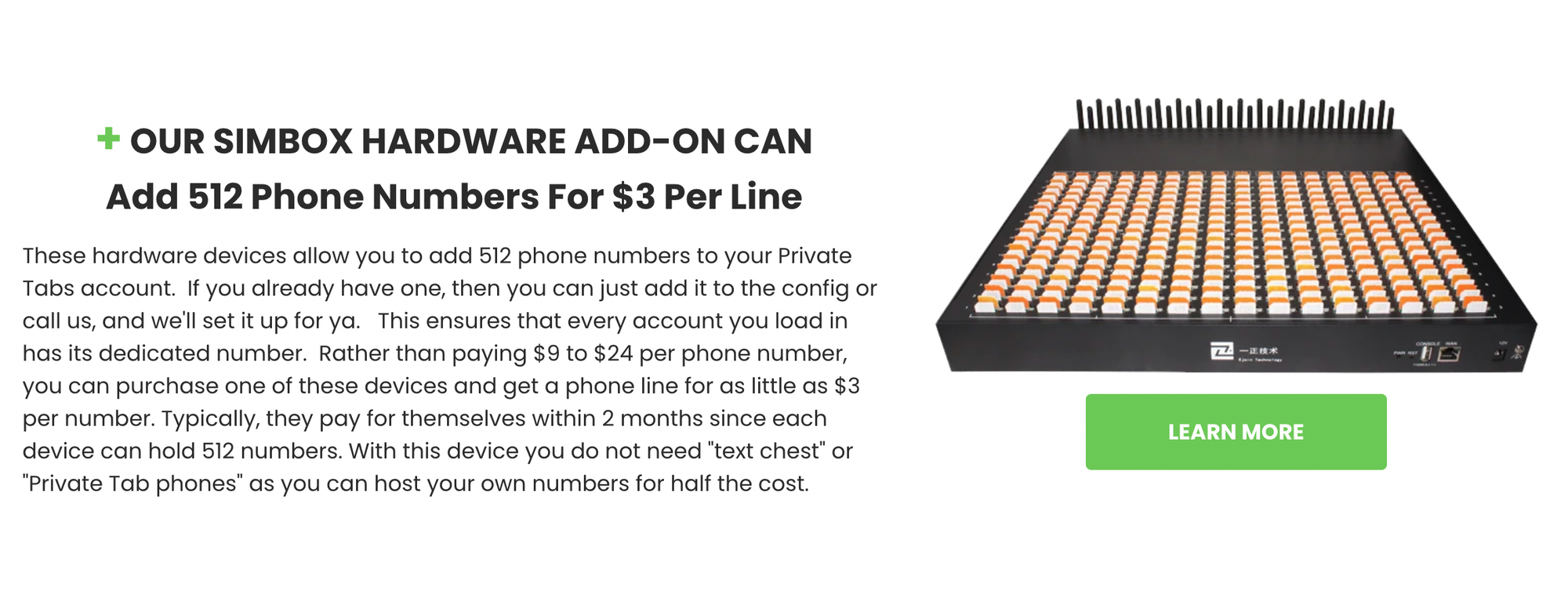
In practice, ticket brokers connect their proxies—either bought from a third party or rolled by themselves—to other bespoke ticketing-buying software that helps them actually manage tons of Ticketmaster accounts and tons of phone numbers at once. There are a host of ticket broker-specific internet browsers that allow brokers to open hundreds or thousands of browser tabs, which each have a browsing session tied to either a specific SIM card or to an IP proxy which can also be bought from third-party services. This allows brokers to power through Ticketmaster’s “Virtual Waiting Rooms” because a broker can have hundreds or thousands of independent browser sessions waiting as separate “people.” The SIM box (or a SIM proxy service) can then be set up in these bespoke browsers to automatically forward and submit Ticketmaster’s SMS two-factor authentication, which is supposedly designed to prevent scalpers from getting tickets.
At one point, Private Tabs, one of the bespoke browsers for ticket scalpers, was advertising a “SIMBOX HARDWARE ADD-ON,” which could “add 512 phone numbers for $3 per line.”
“These hardware devices allow you to add 512 phone numbers to your Private Tabs account,” an archived version of the Private Tabs website reads. “If you already have one, then you can just add it to the config or call us, and we’ll set it up for ya. This ensures that every account you load in has its dedicated number. Rather than paying $9 to $24 per phone number, you can purchase one of these devices and get a phone line for as little as $3 per number. Typically, they pay for themselves within 2 months since each device can hold 512 numbers. With this device you do not need ‘TextChest’ or ‘Private Tab Phones’ [a proxy service] as you can host your own numbers for half the cost.”
